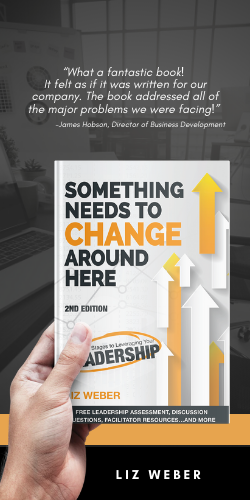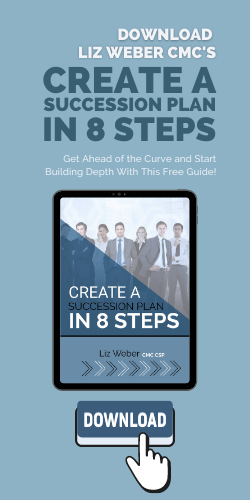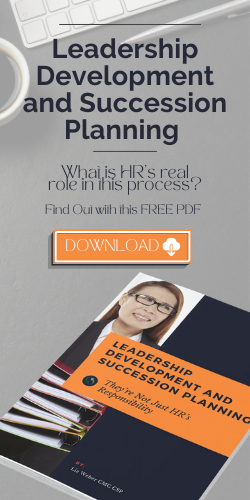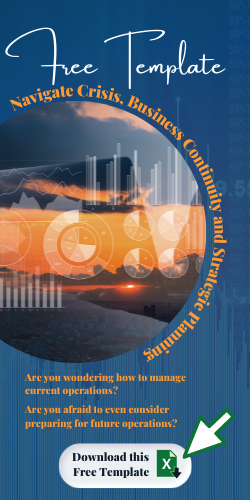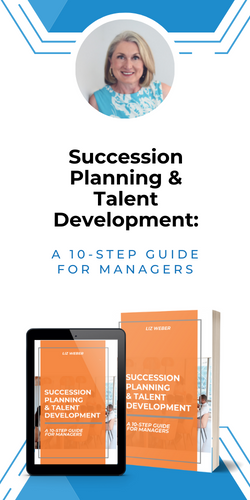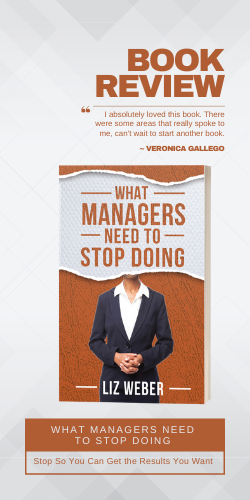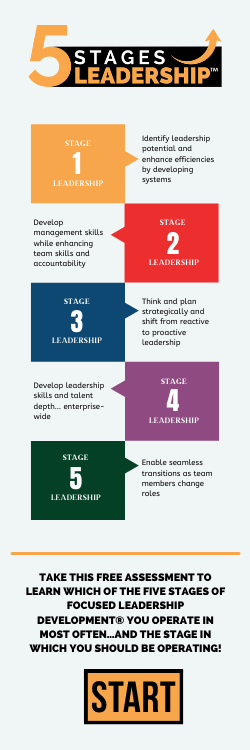
I talked with a former client this morning. When I asked how his business had fared the economic hardships of the past few years, he replied, “Well, we can see the light at the end of the tunnel. We’re just not sure if it’s the light of a brighter future or if it’s the headlight of a freight train that’s going to put us out of business.” I hadn’t heard that expression before but it clearly articulates what I believe so many small business owners are wondering:
Are we ever going to recover to our previous levels of business operations or are we holding on by our fingernails only to ultimately face closure?
I don’t have a crystal ball to predict the future, but I can suggest that as a leader in your organization, you plan for not only a successful future, but for an acceptable future, as well as an undesired one as well. By doing so, no matter what future your organization ultimately faces, you’ll be able to lead your team through it. I know this isn’t an exciting idea, but if you create just a few basic plan outlines, you’ll have this information to share and build upon with your team given the actual direction your business moves in the future. You won’t be caught blindsided. You will have been strategic and proactive. You will have been a leader and will have planned for the Bad, Better, and Best Scenarios…
So, how do you plan for the Bad Scenarios?
- Outline how your organization would handle layoffs or staff reductions, if those are anticipated options for you.
- Review your Emergency Staffing Plan.
- Identify how many and which of your key team members would be affected by a staff reduction. How would their tasks be covered by others?
- Identify what cross-training and process documentation needs to occur to ensure knowledge isn’t lost if veteran employees leave the organization.
- Outline what needs to be communicated in a State of the Business meeting with all staff, as well as what needs to be prepared and made available for any staff facing layoff or reduction (i.e., continuation of benefits, unemployment compensation, etc.).
- Create an outline of how you’d prepare management to communicate and manage the business downturn.
How do you plan for the Better Scenarios?
- Review your organization’s Strategic Plan. Are you moving in alignment with your plan or do you need to modify your plan to align with your reality?
- Review your Emergency Staffing Plan and Staff Development Plans.
- Identify which of your team members are continuing to develop new and needed skills and which have stalled. Acknowledge those who are continuing to grow; identify the reasons others have stalled and identify how to clear the roadblocks for them. You need all staff to continue to grow and develop to keep your organization flexible and nimble.
- Identify what additional cross-training and process documentation needs to occur to further support staff and identify best-practices. What can be done more efficiently?
- Regularly – at least quarterly – communicate to all employees a State of the Business update. Let all employees know how the company is doing given the economy and in accordance with your strategic plan. Keep them informed. Keep them engaged.
How do you plan for the Best Scenarios?
- Review your organization’s Strategic Plan. Is it positioning you the way you believe your organization needs to be positioned to be successful 2, 3, 4 + years from now?
- Review your Succession and Workforce Development Plans.
- Identify which of your team members are continuing to develop skills the company will need 2, 3, 4+ years into the future. You need to determine what skill sets are being developed internally and which you may need to acquire to ensure you have the talent to support, manage, and lead your organization in the future.
- Regularly – at least quarterly – review your plans to determine when you need to make adjustments to the plans, what you need to communicate to your team members, and how you can best help them help your organization thrive.
Bad, better, best. Each plan type requires you, the leader, to take a pro-active role and have at least an outline of your organization’s potential future.
Then, no matter which scenario you face, you can lead your team through–it as a prepared leader should.
Copyright MMXIII – Liz Weber, CMC, CSP – Weber Business Services, LLC – www.WBSLLC.com +1.717.597.8890
Liz supports clients with strategic and succession planning, as well as leadership training and executive coaching. Learn more about Liz on LinkedIn!











